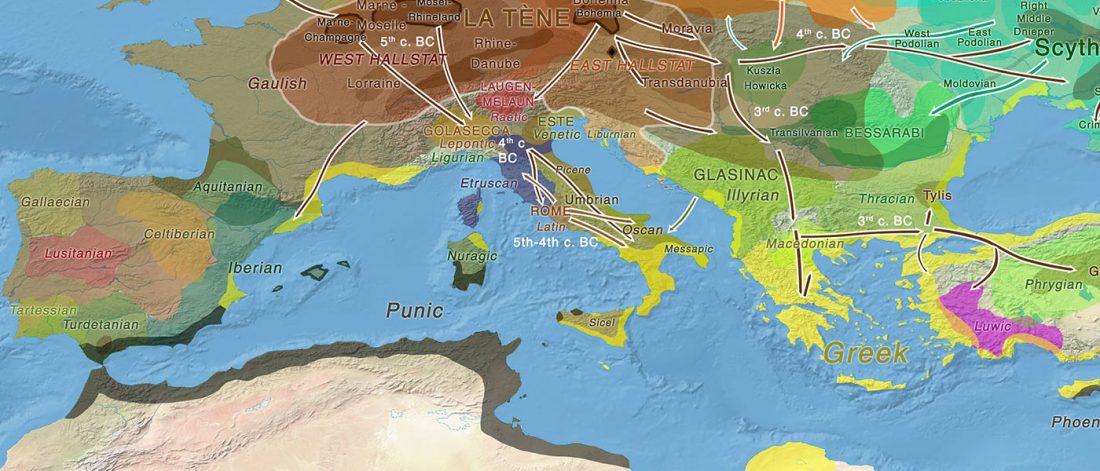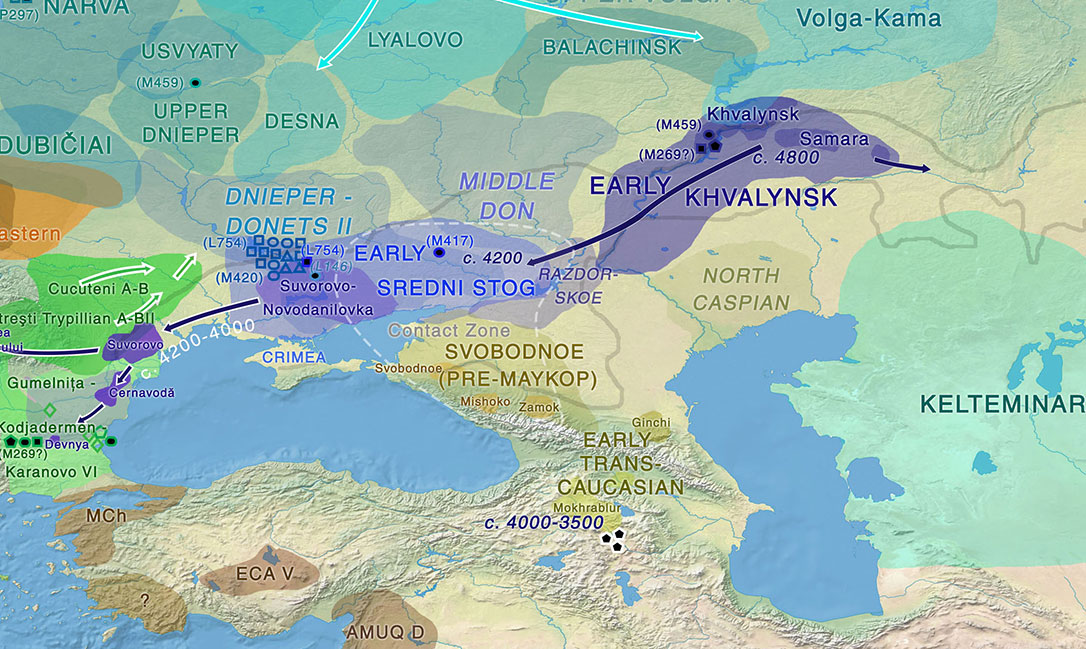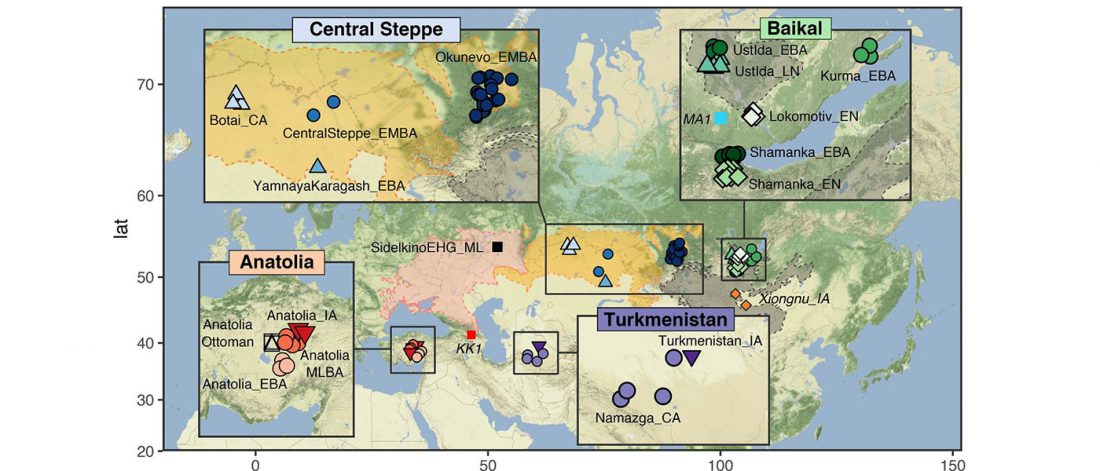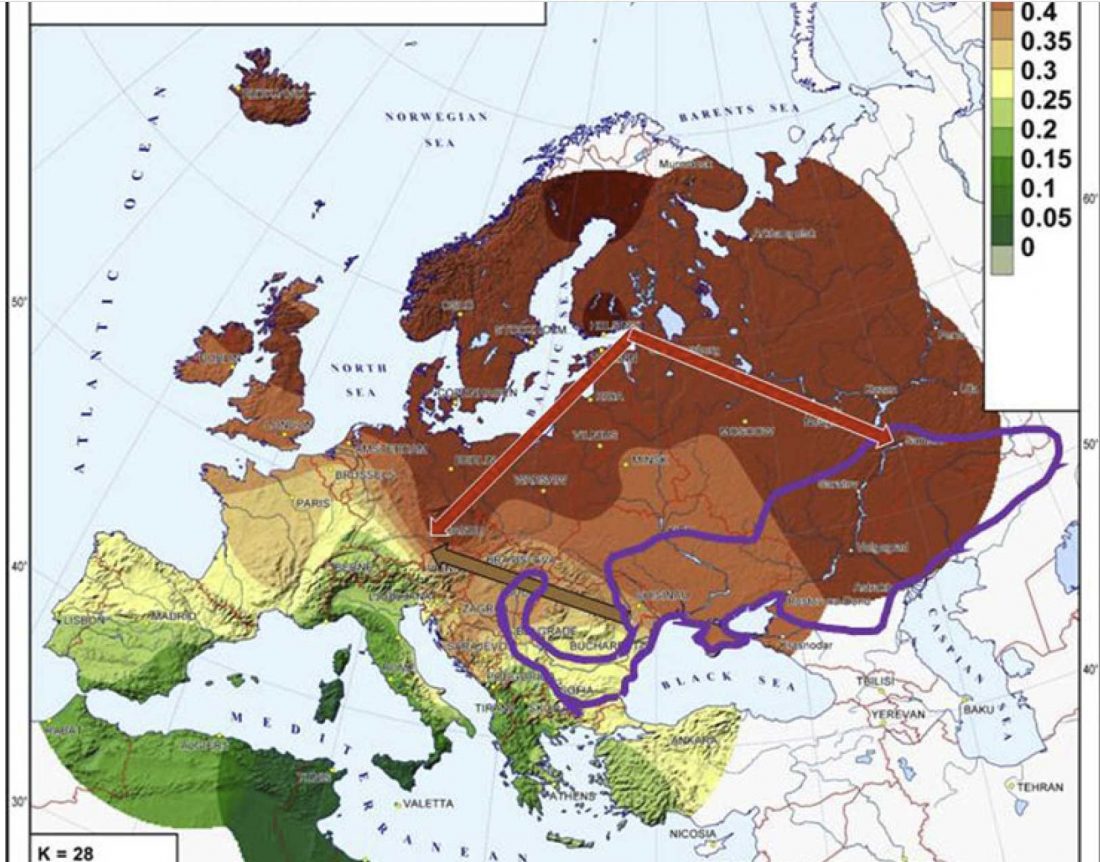Funny reports are popping up due to a recent article in New Scientist (behind paywall), World’s most-spoken languages may have arisen in ancient Iran, which echoes the controversial interpretations of Wang et al. (2018).
I have been waiting to read the printed edition, but that of May 26th doesn’t have the article in it, so it may be a web-only text.
Nevertheless, here are some excerpts about the PIE homeland from a news aggregator that caught my attention (emphasis mine):
… Read the rest “The new Scicomm’s warhorse is “CHG ancestry = PIE” and the Iranian homeland”The two proposed locations are divided by the Caucasus mountains, which are found between the Black







